St Andrew’s Churchyard, Rodney Street
A pyramid monument to the William McKenzie (20 March 1794-29 October 1851) rests in the churchyard of the (currently disused and needing restoration) Scottish Presbyterian Church of St Andrew’s, dating from 1824. McKenzie made his fortune as a civil engineer in the Victorian era but it is the nature of his burial, or lack of it that has become legendary.

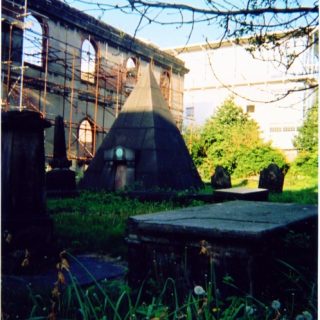
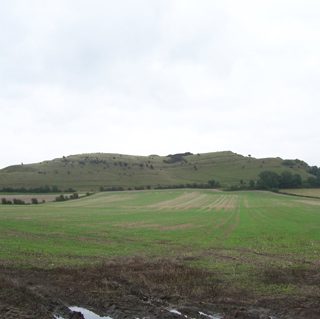
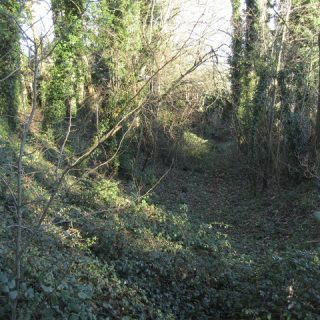
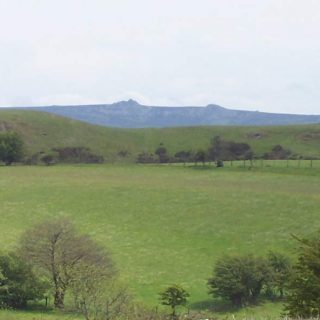
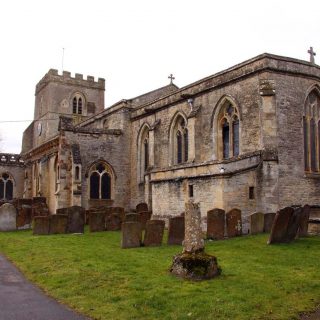
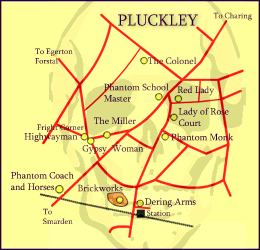
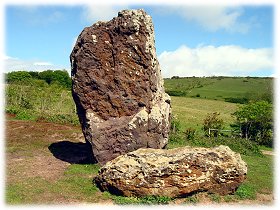
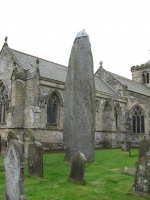
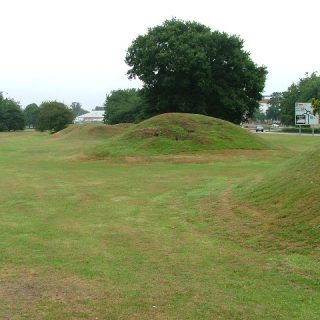
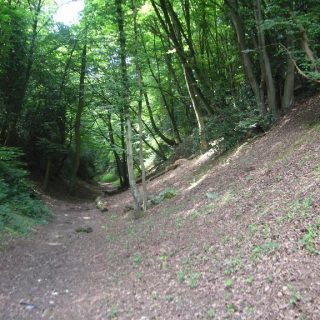
Recent Comments